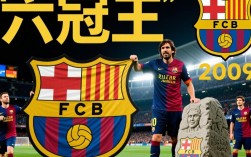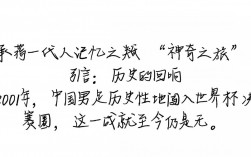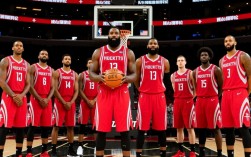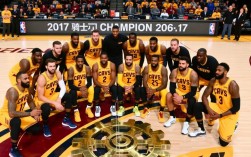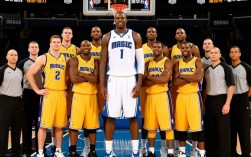解析凯尔特人历史最强时期阵容的辉煌与传承
在NBA的浩瀚历史中, few franchises can rival the Boston Celtics' legacy of dominance. Founded in 1946, the franchise has etched its name in basketball lore with a record 17 championships, but none of those titles shine brighter than the ones secured during the 1950s and 1960s under the visionary leadership of coach Red Auerbach. Among his many legendary teams, the 1957-1969 core—spanning multiple championship runs—stands as arguably the greatest collection of talent in the league's history. This lineup, defined by unparalleled teamwork, defensive tenacity, and offensive brilliance, laid the foundation for the Celtics' dynasty and redefined what it meant to be a championship contender.
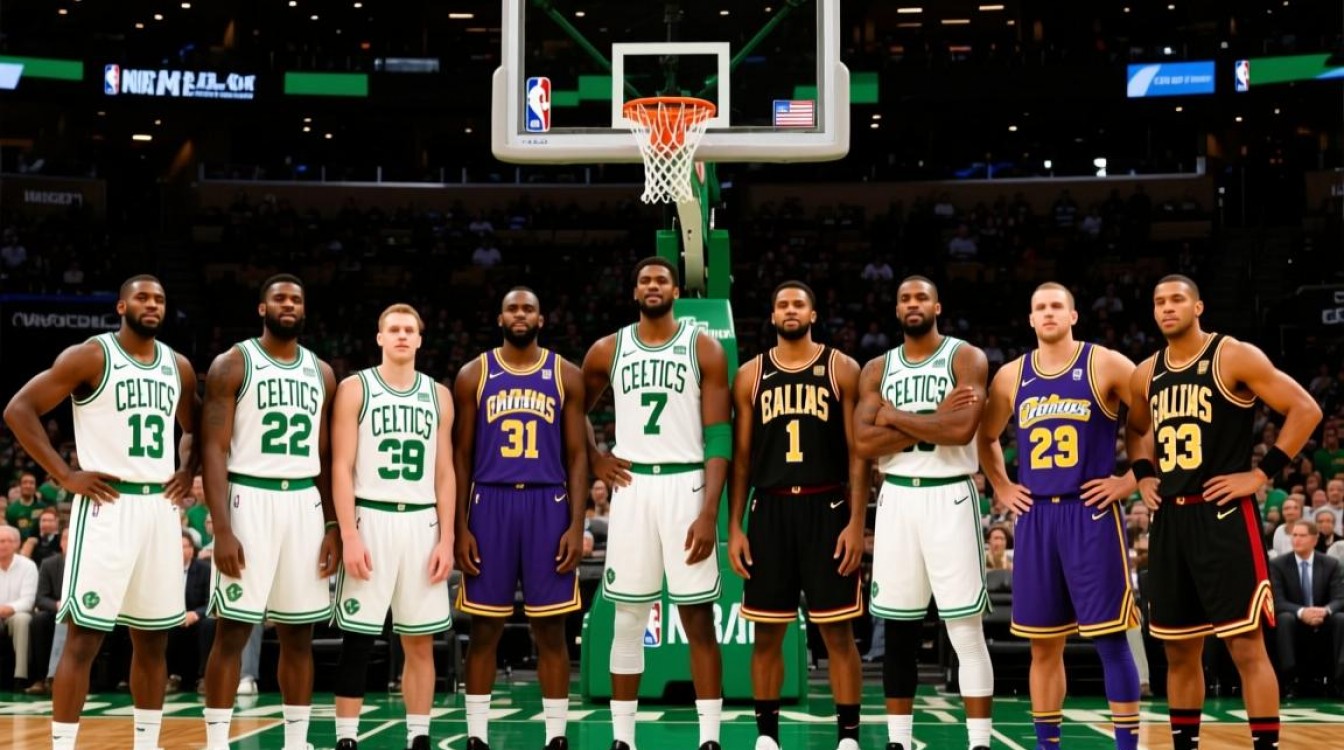
核心引擎:拉塞尔与萨科夫斯基的攻防基石
At the heart of this Celtics juggernaut was the greatest defensive player of all time, Bill Russell. Drafted in 1956 as the centerpiece of a deal that reshaped the league, Russell was a revolutionary force whose shot-blocking and rebounding transformed Boston from a promising team into an unstoppable dynasty. Standing at 6'10" with a 7'4" wingspan, Russell redefined the center position, not through scoring—he averaged just 15.1 points per career—but through his ability to control the paint and elevate his teammates' performance. His 11 championships in 13 seasons (including eight straight from 1959 to 1966) remain an unmatched feat, and his presence alone forced opponents to alter their offensive schemes.
Complementing Russell was the smooth-scoring Tommy Heinsohn, a versatile forward whose clutch shooting and basketball IQ made him the perfect fit for Auerbach's system. Heinsohn was a 6'6" forward who could score inside and out, averaging 18.6 points per game during his career and earning eight All-Star selections. Known for his fiery competitiveness and knack for big plays, Heinsohn was the emotional leader of the team, often delivering crucial baskets in key moments. Together, Russell and Heinsohn formed the backbone of the Celtics, combining defensive dominance with offensive reliability to set the tone for every game.
后场双枪:沙利文与琼斯的快攻美学
The Celtics' backcourt was equally formidable, led by the electrifying K.C. Jones and the steady Bob Cousy. Though Cousy, the "Houdini of the Hardwood," was in the twilight of his career during the team's earliest championship runs, his impact on the team's culture was immeasurable. A masterful playmaker with unparalleled court vision, Cousy revolutionized the point guard position with his no-look passes and full-court pressure, earning 10 All-Star nods and a Most Valuable Player award in 1957. His leadership and ability to control the tempo were instrumental in integrating Russell into the league, and his retirement in 1963 marked the end of an era—but the Celtics' dominance never wavered.
Taking over for Cousy was K.C. Jones, a tenacious defender and floor general who seamlessly filled the void. Jones was the defensive anchor of the backcourt, known for his relentless pressure on opposing ball-handlers and his ability to force turnovers. While he was not a prolific scorer (averaging 7.4 points per game), his basketball IQ and unselfishness made him the perfect complement to the Celtics' high-powered offense. Alongside Jones was Sam Jones, a lethal scorer whose clutch shooting earned him the nickname "Mr. Clutch." Sam Jones was a 6'4" shooting guard with a silky-smooth jumper, and he thrived in big moments, averaging 17.7 points per game and hitting countless game-winning shots in the playoffs. Together, the Jones brothers formed one of the most dynamic backcourts in NBA history, combining defensive intensity with offensive firepower to overwhelm opponents.

锋线深度:海因索恩与桑奇的全面贡献
Beyond the core starters, the Celtics boasted a deep and talented front headlined by John Havlicek and Satch Sanders. Havlicek, a 6'6" forward known for his endless energy and all-around game, was the ultimate "glue guy" before the term existed. Drafted in 1962, Hondo quickly became a fan favorite with his ability to score, rebound, and defend multiple positions. He was a key contributor during the Celtics' late-1960s championship runs, earning eight All-Star selections and a reputation as one of the most clutch players in league history. His famous "stolen ball" game in the 1965 Eastern Conference Finals, where he stole an inbounds pass in the final seconds to preserve a victory, remains one of the most iconic plays in NBA history.
Sanders, a rugged forward, was the defensive stopper of the second unit, known for his physical play and ability to guard the opposition's best player. A three-time All-Star, Sanders averaged 9.6 points and 8.3 rebounds per game during his career and was instrumental in maintaining the Celtics' defensive intensity when the starters rested. Together, Havlicek and Sanders ensured that the Celtics never lacked depth or versatility, allowing Auerbach to rotate players freely and maintain a relentless pace throughout the game.
王朝的基石:团队至上与红奥尔巴赫的执教哲学
What set this Celtics team apart was not just individual talent, but a culture of selflessness and accountability instilled by Red Auerbach. Auerbach was a pioneer in many ways, from being the first coach to use the fast break as a primary offensive strategy to famously smoking a victory cigar on the bench to signal a win. His emphasis on teamwork and discipline meant that every player knew their role, and no one cared about individual stats as long as the team won. This "we over me" mentality was the foundation of the Celtics' dynasty, and it allowed them to dominate the league for over a decade.
The Celtics' success was also built on their home court, the Boston Garden, where the deafening noise of the fans created an intimidating atmosphere for opponents. The team's fast-paced, up-and-down style of play, fueled by Russell's outlet passes and the backcourt's speed, overwhelmed slower teams and led to easy baskets in transition. Defensively, the Celtics' zone press and help-defense rotations were ahead of their time, forcing turnovers and turning defense into offense at every opportunity.
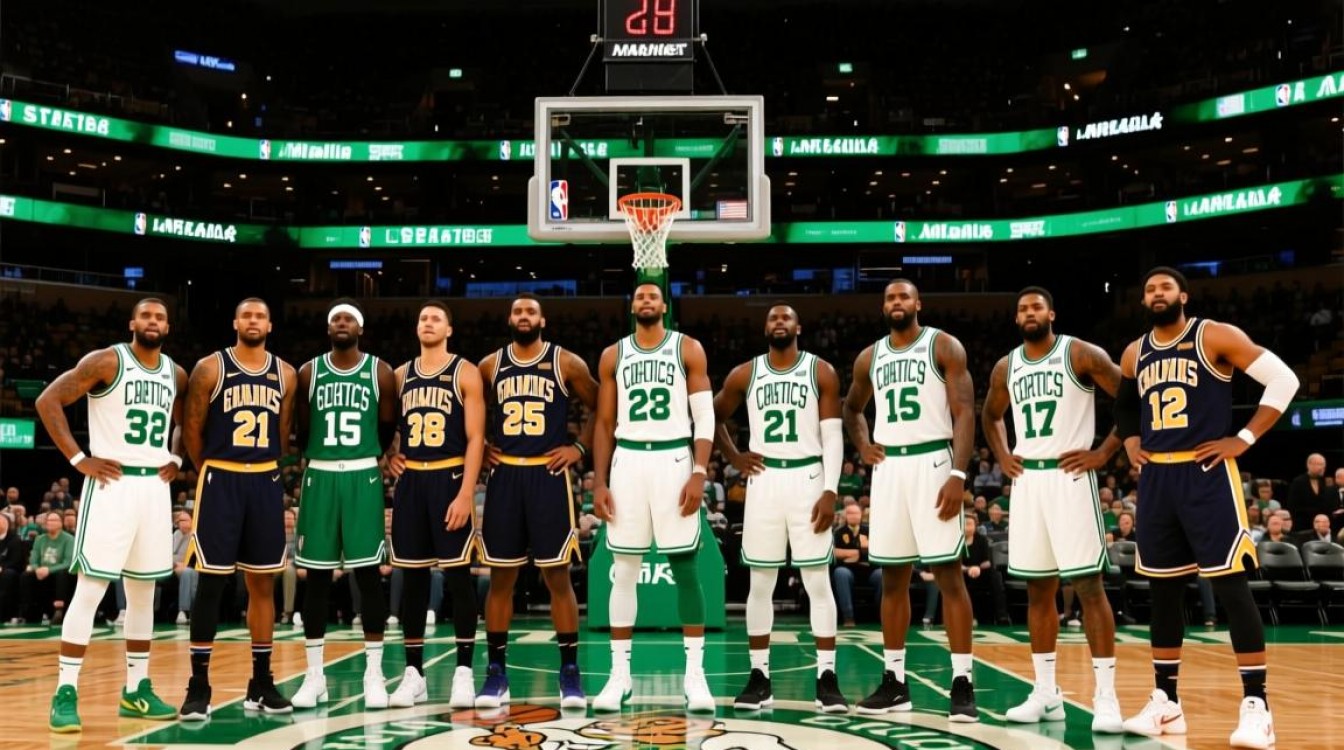
永恒的传奇:影响与传承
The Celtics' 1957-1969 dynasty was more than just a collection of great players—it was a cultural phenomenon that transcended basketball. The team's success brought pride to the city of Boston and inspired a generation of players to value teamwork and hard work. Russell, in particular, became a symbol of social change, using his platform to advocate for civil rights and equality, both on and off the court.
Today, the legacy of this Celtics team endures in the NBA's record books and in the memories of fans who witnessed their greatness. Their 11 championships in 13 seasons remain a benchmark of excellence, and their emphasis on defense, unselfish play, and clutch performance continues to influence teams across the league. As the Celtics organization strives to recapture the glory of those championship years, the memory of this historic team serves as a reminder of what is possible when talent, discipline, and a winning culture come together.
In the end, the Celtics' greatest period was not just about the championships—it was about the way they played the game, with passion, pride, and an unwavering commitment to one another. That is the true legacy of the greatest team in NBA history.

